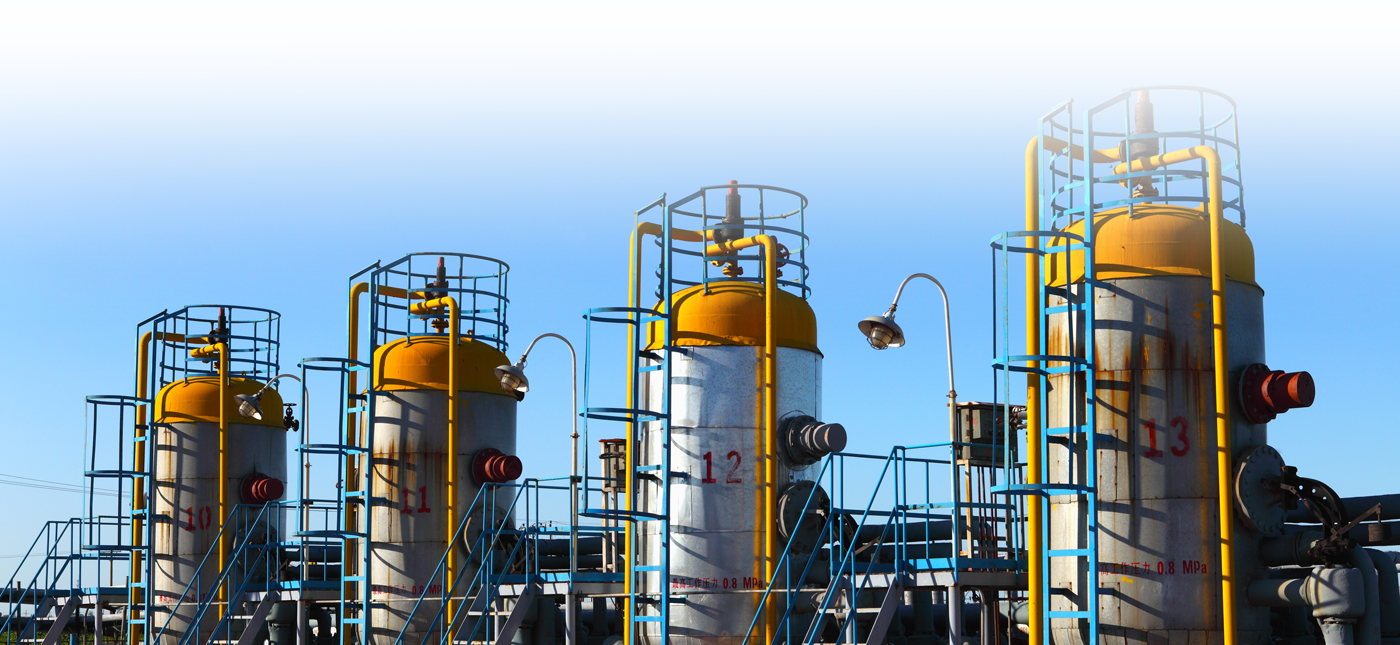Vertical Pumps
Vertical Pumps
Vertical pumps are commonly used in treatment plants, watewater, and power stations. Examples of systems for which EDI has performed testing are:
- Treatment Plant Six 145 MGD vertical pumps, some having a supersynchronous instability of the shaft caused high vibration. EDI solved the problem by adding “pump-out” vanes to alter the destabilizing forces produced on the backside of the impeller.
- Harbor Project, Wastewater Pumps, Boston, MA Ten 120 MGD vertical pumps experienced high vibration. Measurements identified the cause was a combination of vane-pass pulsation resulting from acoustical v piping system resonances and inadequate stiffness of the pump volute structure. Several solutions were proposed. The solution implemented was an alternate impeller design with more vanes which detuned the excitation of the acoustic mode.
- Power Station LPG Pumps Three 9-stage vertical pumps were experiencing failures of seals and shafts. The cause was found to be upthrust resulting from improper operation at startup. A modification to the startup sequence corrected the problem.
- Power Plant Cooling Water Pumps Severe vibration of three vertical cooling water pumps was found to be caused by an improper pump inlet design which resulted in recirculation. The resultant energy was amplified by interactions between piping system acoustical natural frequencies and pump structural natural frequencies, causing several different vibration problems. The pump inlet was redesigned which effectively reduced vibration amplitudes.
Examples of systems for which analytical studies have been performed are:
-
Water Treatment Plant Design audits of vertical pump systems included a dynamic simulation by FEA of pump, motor, piping and structure. Lateral and torsional natural frequencies and unbalanced response were predicted and compared to contractual specifications and AWWA requirements. When natural frequencies occurred in restricted frequency ranges, EDI developed design changes to meet the criteria.
- Sand Island Waste Water Treatment Plant The complex system was driven by a motor and a diesel to allow for continued operation during a power outage. Torsional natural frequencies and unbalanced response were predicted and compared to contractual specifications and AWWA requirements. EDI chose the couplings to satisfy the specifications with regard to prohibited frequency ranges.
- Effluent Pumps Torsional natural frequencies and lateral critical speed and stability calculations were performed and compared to contractual specifications. EDI also reviewed the FEA model of the pump system which was analyzed by the vendor.
